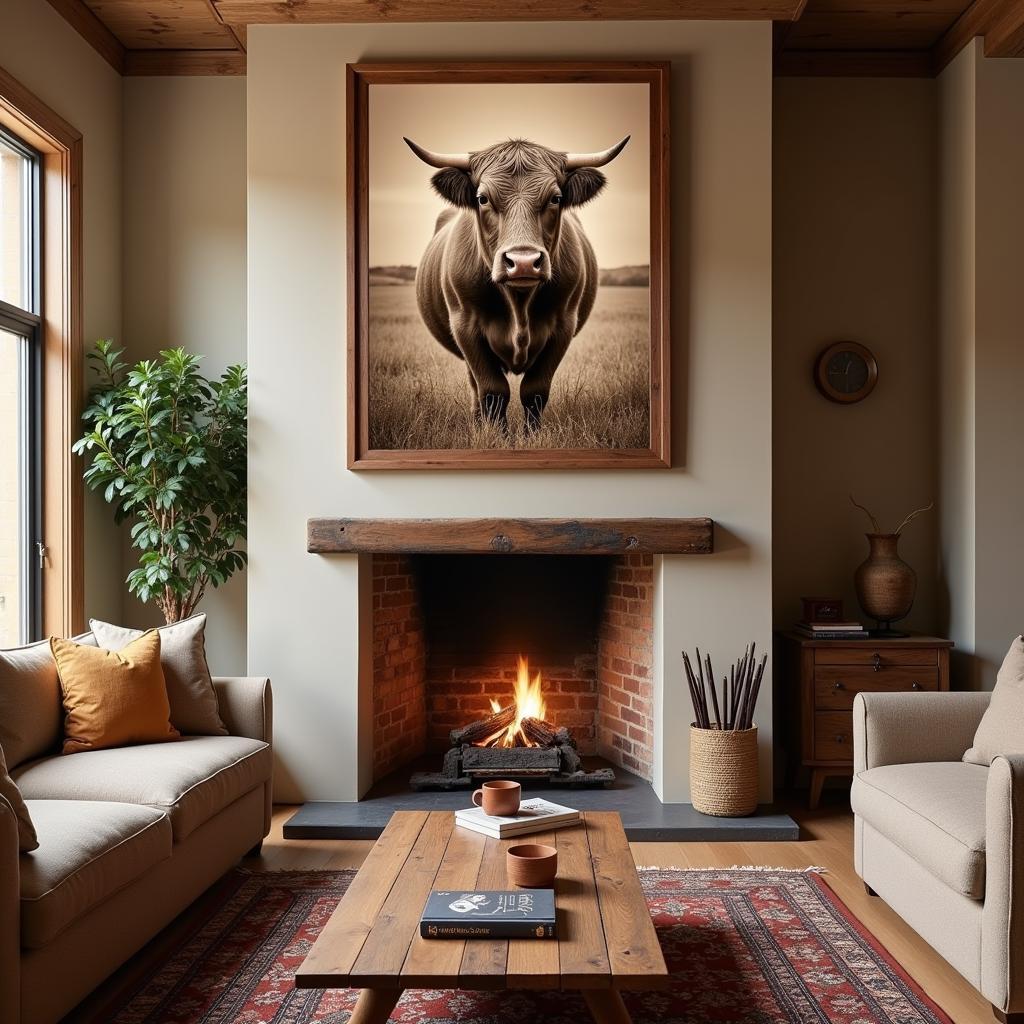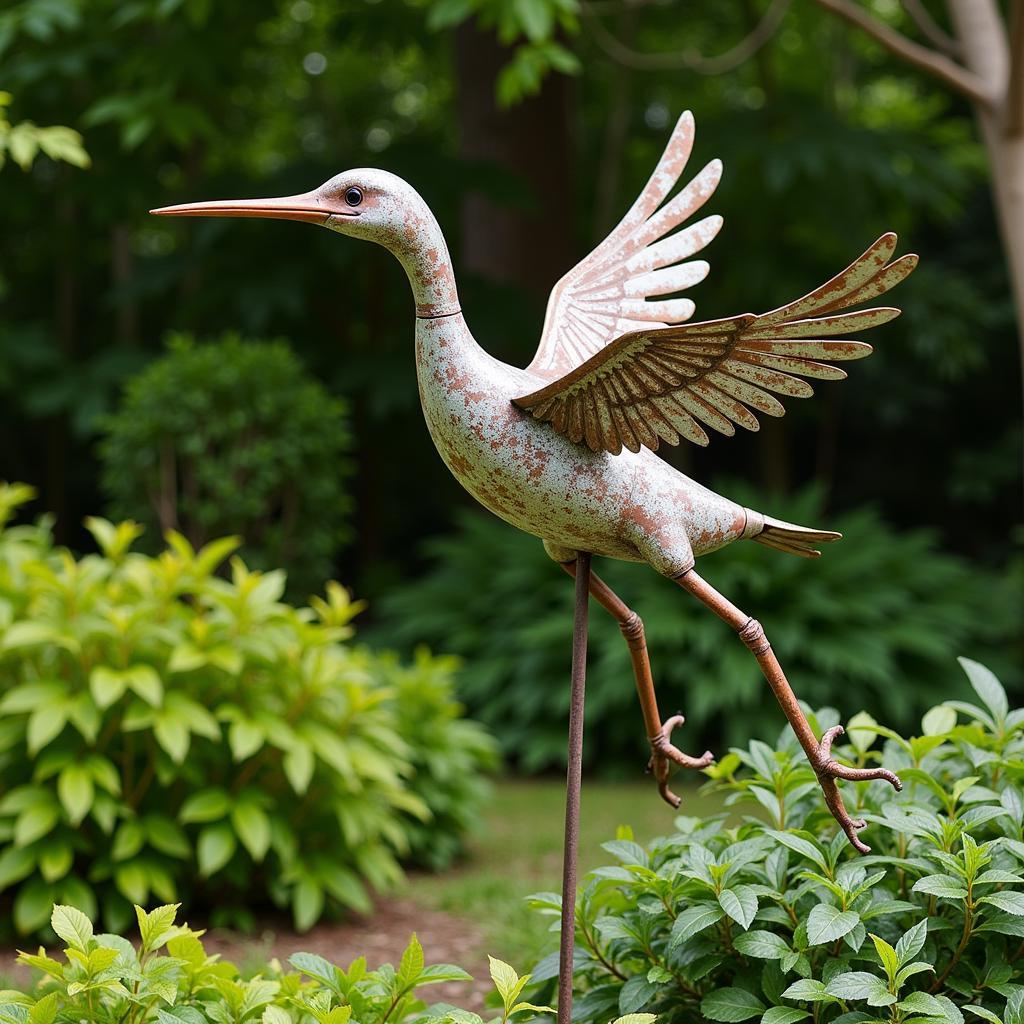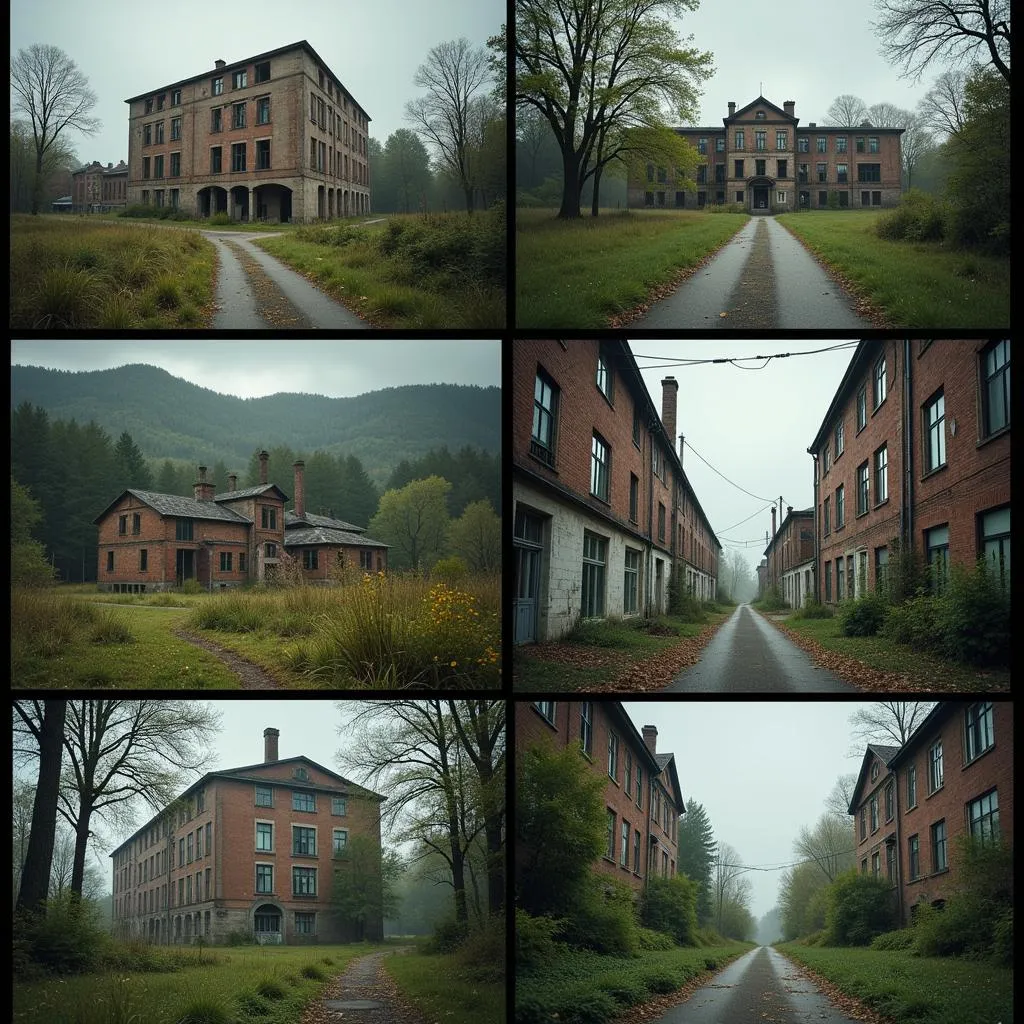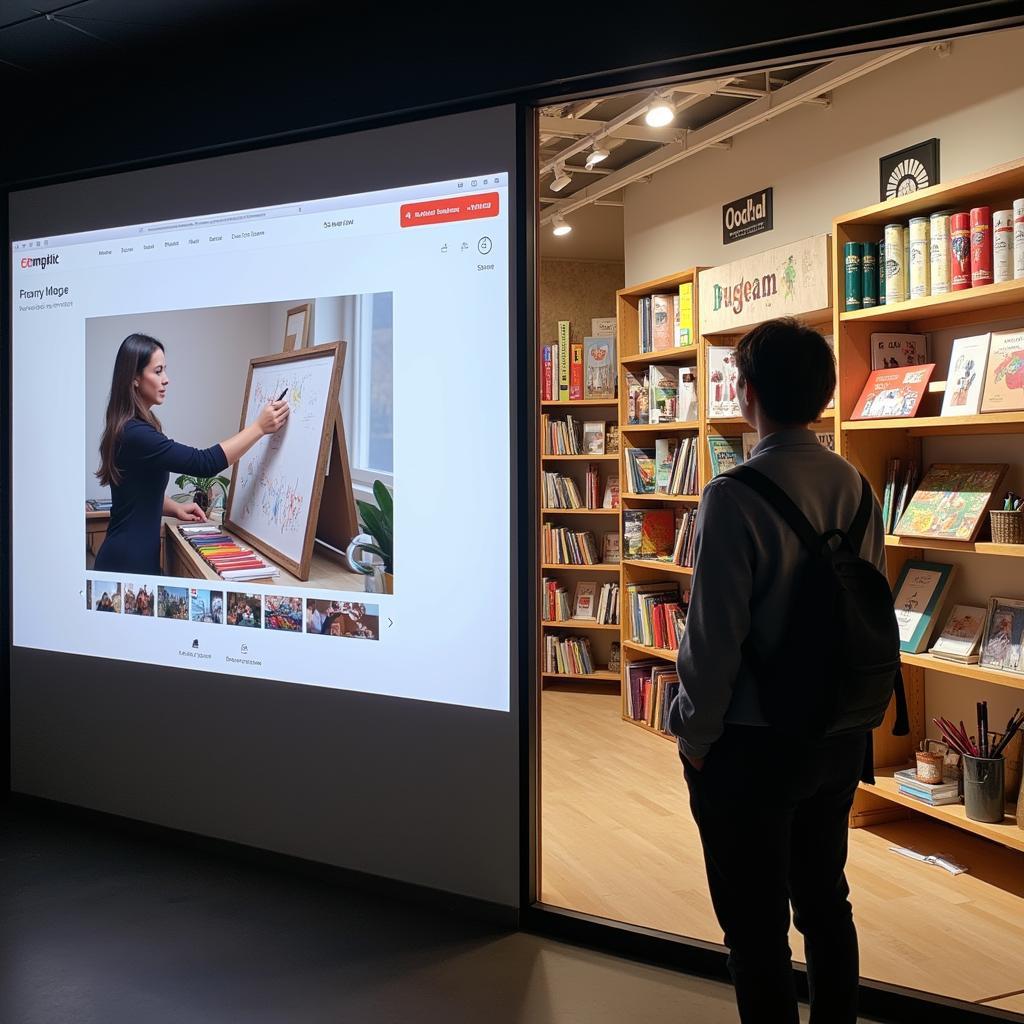Exploring the Intricate World of Roping Art
Roping Art is a captivating form of fiber art that utilizes intricate knotting techniques to create stunning visual pieces. Transforming simple rope into complex patterns and designs, roping art transcends the boundaries of traditional art forms, merging craftsmanship with artistic expression. This unique art form has witnessed a surge in popularity, attracting both seasoned artists and curious beginners drawn to its captivating beauty and the meditative process of knotting.
Unveiling the Origins and Evolution of Roping Art
While its exact origins remain shrouded in the mists of time, roping art boasts a rich history interwoven with maritime traditions and ancient crafting practices. The fundamental knots used in roping art are believed to have originated from sailors who relied on these intricate knots for practical purposes, such as securing sails and fastening rigging. Over centuries, these functional knots transcended their utilitarian origins, evolving into a recognized art form.
During the 19th and 20th centuries, roping art experienced a revival as a decorative craft, adorning homes with macrame wall hangings, plant holders, and even fashion accessories. Today, roping art continues to evolve, embracing contemporary designs and innovative techniques while staying true to its historical roots.
Delving into the Fundamentals: Tools and Materials
The beauty of roping art lies in its accessibility. Unlike other art forms requiring specialized equipment, roping art requires minimal tools and materials, making it easy for anyone to embark on their creative journey:
- Rope: The soul of roping art, the choice of rope influences the final aesthetic and texture of the artwork. Natural fibers like cotton, jute, and hemp are popular choices, offering a rustic charm. Synthetic ropes, such as nylon and paracord, provide durability and a vast spectrum of vibrant colors.
- Scissors: A sharp pair of scissors is crucial for clean, precise cuts, ensuring the neatness of knots and the overall finish of the artwork.
- Measuring Tape: Accuracy is key in roping art, and a measuring tape is indispensable for creating consistent knots and patterns, especially for larger and more intricate pieces.
- Supporting Structure: Depending on the project, a support structure is essential for holding the rope in place while knotting. This could be a simple clipboard for smaller pieces or a wooden dowel or metal ring for larger wall hangings.
Mastering the Art of Knots: Basic Techniques
At the heart of roping art lies a mesmerizing world of knots. While seemingly intricate, mastering a few basic knots lays the foundation for creating stunning roping art pieces:
- Square Knot: The cornerstone of numerous roping patterns, the square knot is easy to master and creates a flat, symmetrical knot often used for creating grids and geometric designs.
- Spiral Knot: Also known as the half knot, this versatile knot forms a spiraling cord, perfect for crafting curved lines, spirals, and even three-dimensional elements.
- Crown Knot: Often used as a decorative element, the crown knot forms a beautiful, crown-like shape and can be incorporated into various patterns or used as a striking focal point.
Elevating Designs with Embellishments and Variations
Once comfortable with basic knots, the creative possibilities become endless. Roping art embraces customization, allowing artists to infuse their unique style and personality into their creations:
- Beads and Charms: Adding beads, wooden elements, or metal charms introduces a touch of personality and enhances the visual appeal of roping art.
- Color Combinations: Experimenting with different colored ropes can dramatically alter the overall aesthetic. Bold contrasting colors create a modern vibe, while earthy tones evoke a sense of natural tranquility.
- Mixed Media Integration: Roping art seamlessly blends with other art forms. Incorporating elements like weaving, crochet, or even painting can result in truly unique and captivating pieces.
“Roping art is a captivating dance between precision and creativity,” says renowned fiber artist Emily Carter. “It’s about understanding the structure of knots while allowing your intuition to guide your hands, resulting in a piece that reflects both skill and heart.”
Conclusion
From its humble nautical origins to its modern-day resurgence, roping art continues to captivate artists and art enthusiasts alike. Its ability to transform simple rope into intricate masterpieces is a testament to the power of human creativity and the enduring allure of handcrafted beauty. Whether you’re drawn to its meditative process or its stunning visual appeal, roping art offers a fulfilling creative outlet for all skill levels.
Frequently Asked Questions
1. What type of rope is best for beginners?
Cotton rope is an excellent choice for beginners due to its ease of handling and affordability.
2. Where can I find inspiration for roping art designs?
Online platforms like Pinterest and Instagram offer a wealth of inspiration, showcasing diverse roping art styles and project ideas.
3. Can I wash my roping art creations?
Washing instructions vary depending on the type of rope used. Always refer to the care instructions provided with your chosen rope.
4. Are there online resources available to learn roping art?
Yes, numerous websites and YouTube channels offer comprehensive tutorials and step-by-step guides for mastering various roping art techniques.
5. What are some common applications of roping art beyond wall hangings?
Roping art techniques can be used to create a wide array of items, including plant hangers, coasters, jewelry, belts, and even decorative baskets.
Need assistance with your roping art endeavors? Contact our dedicated team at Phone Number: 02462573573, Email: danteum@gmail.com or visit us at Savico Megamall, 7-9 Đ. Nguyễn Văn Linh, Gia Thụy, Long Biên, Hà Nội 10000, Việt Nam. We are available 24/7 to assist you.



